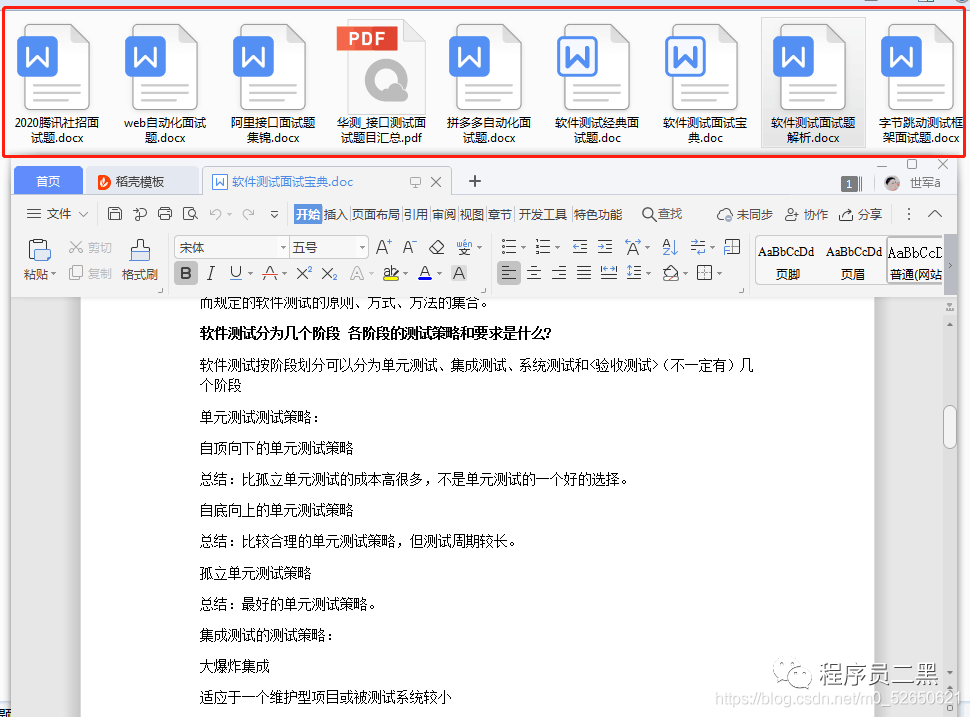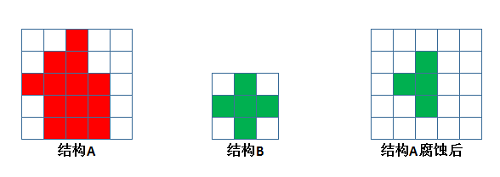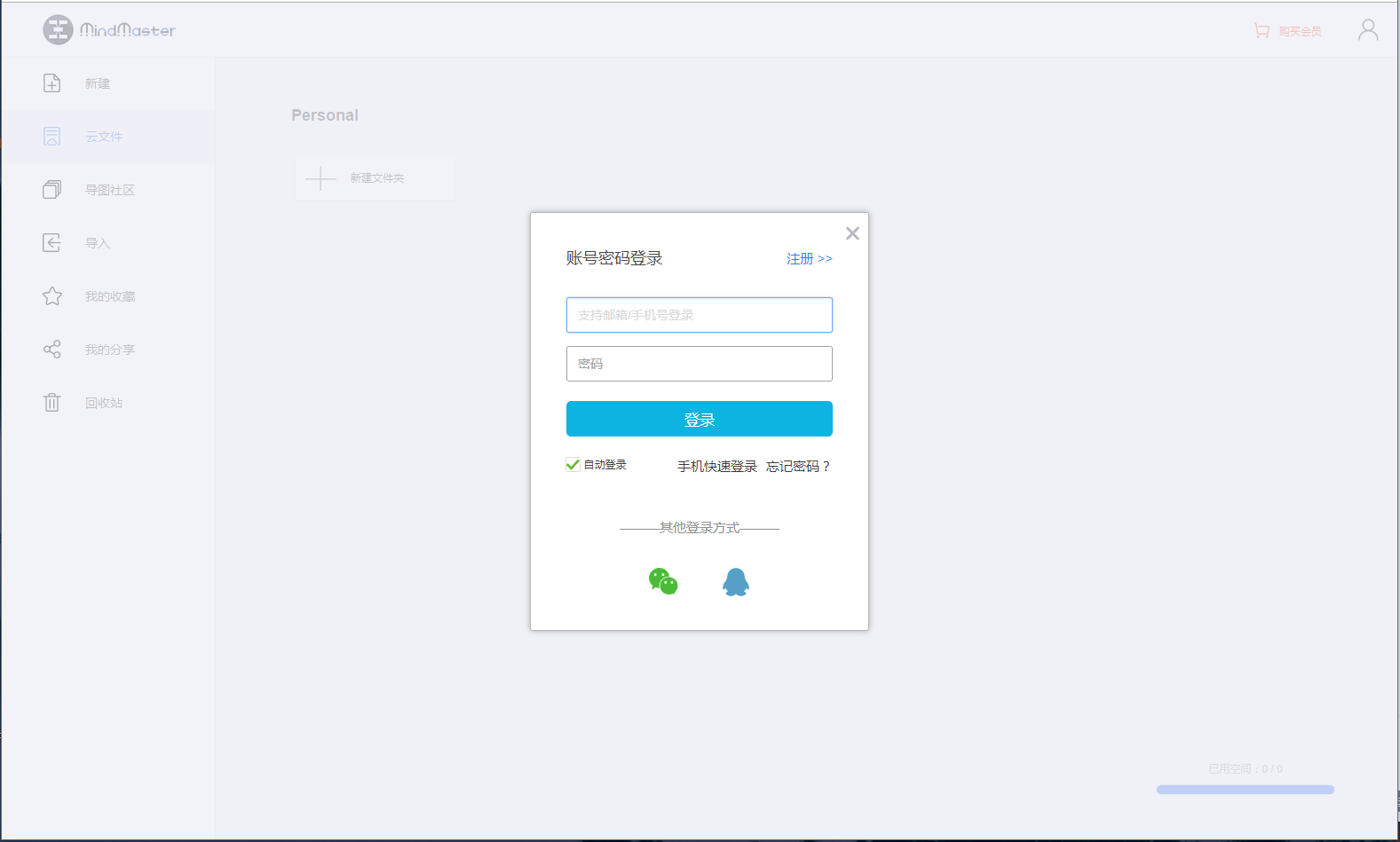I have a basic django rest service, which
- registers a person and
- updates his password.
I want to add jwt authentication on top of it. If I follow the tutorial I would need to add a new url named "api-token-auth" in project's urls.py. But, I don't want to add this new url and want my register call to send a token in response.
Here's my code:
serializers.py
class UserSerializer(serializers.HyperlinkedModelSerializer):
def create(self, validated_data):
user = User(
username=validated_data['username']
)
user.set_password(validated_data['password'])
user.save()
return user
def update(self, instance, validated_data):
instance.set_password(validated_data['password'])
instance.save()
return instance
class Meta:
model = User
fields = ('url', 'username', 'password')
lookup_field = 'username'
write_only_fields = ('password',)
views.py
class UserViewSet(viewsets.ModelViewSet):
"""
API endpoint that allows users to be viewed or edited.
"""
queryset = User.objects.exclude(is_superuser=1)
serializer_class = UserSerializer
lookup_field = 'username'
- What should be done to achieve this ? should I call api-auth-token inside my serializer's create method ?
- How does django-rest-framework-jwt handles multiple authentication tokens and correctly identifies which token belongs to which user ? Especially when it doesn't store tokens in a db.
- How can I use this authentication mechanism to limit my user to view/update/delete only his user ?
- How can I use this authentication mechanism to do anything in general. For instance if a user wants to write his name to /tmp/abcd.txt. How can I make sure that only authenticated users would be able to do so ?
- Are there any potential loopholes in this approach. Should I use the same code if my app is going to store lots of classified data ?


